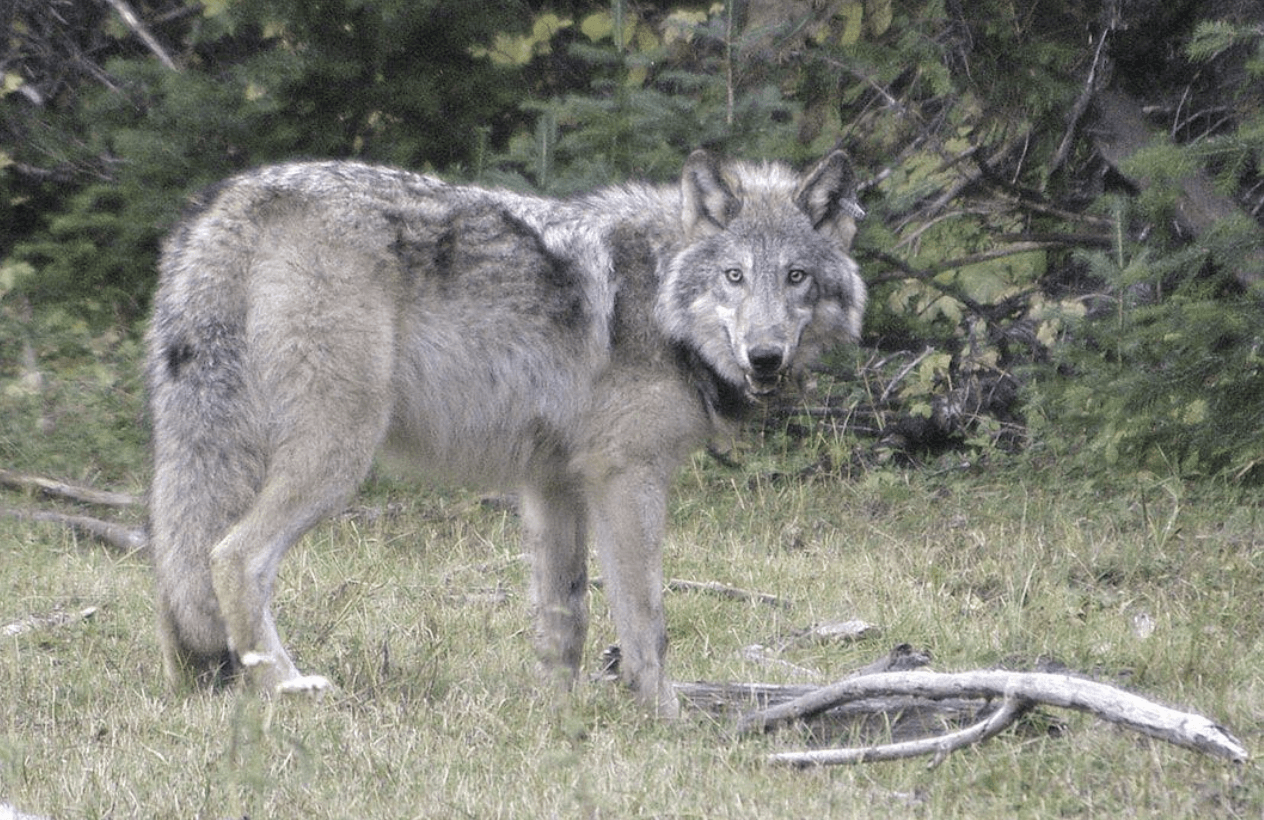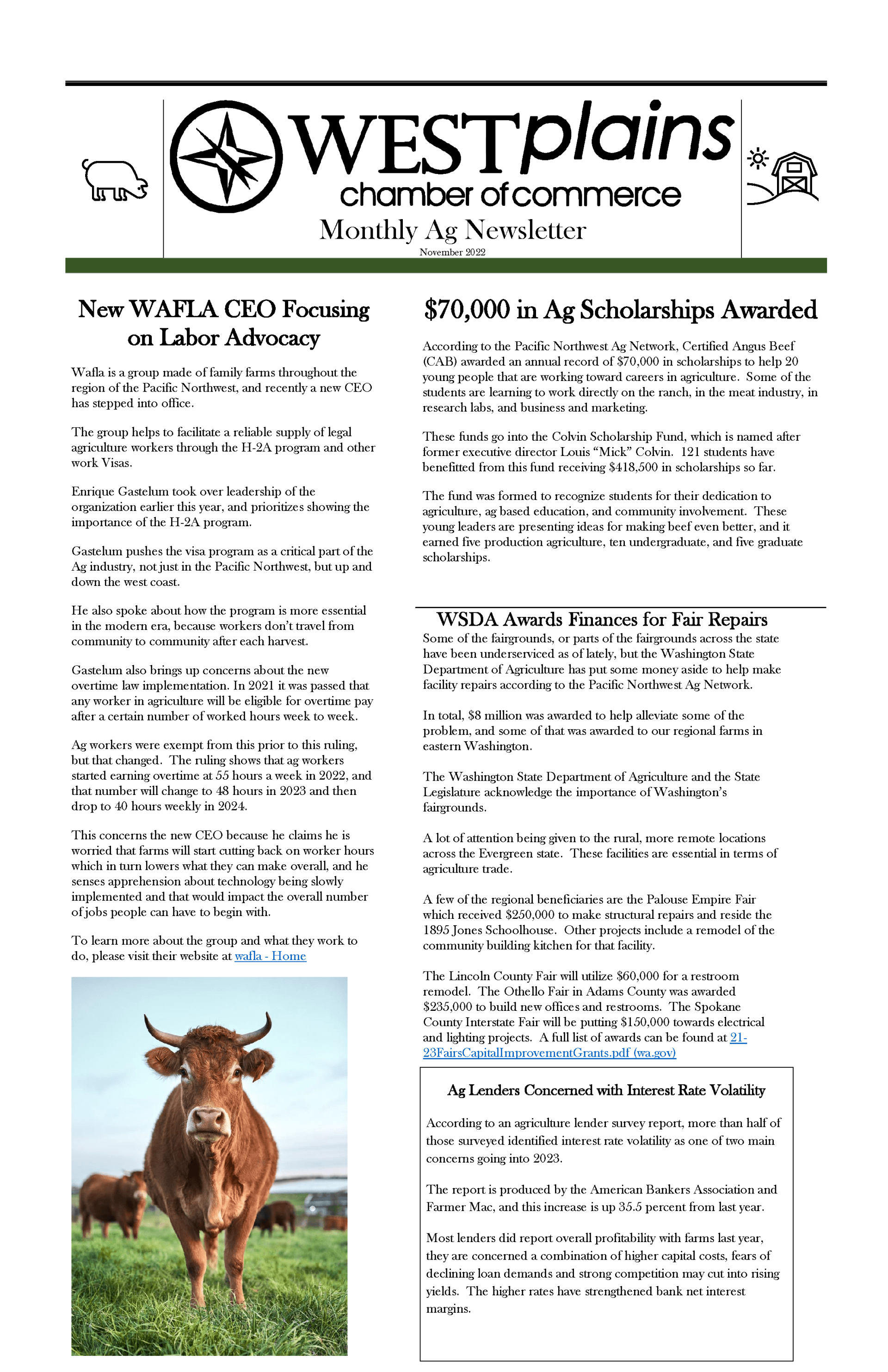Washington wolf population up 16%, tops 200

Washington's wolf population grew in 2021 by 16% to at least 206 wolves, most of them grouped in packs in the northeast corner of the state, according to the state Department of Fish and Wildlife annual wolf report.
The population grew for the 13th straight year, though at least 30 wolves died. Tribal hunters harvested 22 wolves. Hunting outside tribal reservations is illegal.
The department was to present the report Saturday to the Fish and Wildlife Commission. The department has been taking an annual census of wolves since counting five wolves in 2008.
The department says its count, done in coordination with the Confederated Tribes of the Colville Reservation in northeast Washington, is a minimum number and that there are likely more wolves in Washington.
The Colville tribe reported harvesting 14 wolves, while the Spokane tribe harvested 8. The previous year, the Colville tribe harvested 8 wolves, while the Spokane tribe reported harvesting no wolves.
Fish and Wildlife killed two wolves in 2021 to stop chronic attacks on cattle. Four wolves were hit and killed by vehicles, while two other deaths are under investigation, according to the report.
Fish and Wildlife carves the state into three wolf recovery regions. Wolves have long surpassed recovery goals in Eastern Washington and are moving toward recovery in the North Cascades.
They have not, however, made progress in colonizing the South Cascades.
Fish and Wildlife reported that a lone collared wolf dispersed from a pack in the North Cascades and crossed Interstate 90 into the South Cascades. The department, however, has not confirmed any pack in the region.
Under the state's wolf plan, wolves won't be recovered until there are at least four packs with pups for at least three straight years in all three regions, including the South Cascades.
The department counted 33 packs in 2021, four more than in 2020, with 22 of the packs in northeast Washington. Some 19 of those packs had at least two pups surviving to the end of the year, up from 16 packs the year before.
Eastern Washington had 15 of the successful breeding pairs, while the North Cascades, for the second straight year, had four.
Two of the four new packs were in Ferry and Stevens counties, the northeast counties with most of the wolves. Previously, even before the new packs, Fish and Wildlife described the counties as "saturated" with packs.
The new Dominion pack in Stevens County formed between the Smackout and Dirty Shirt packs, according to the report. The Keller Ridge pack formed in Ferry County on Colville tribal land.
The other new packs were the Columbia pack in Columbia County and the Shady Pass pack in Chelan County.
The department confirmed 13 wolf attacks on livestock, the fewest since 2017. The department classified six other attacks as "probable" depredations.
Fish and Wildlife reported spending $1.4 million on wolves in 2021. More than $1 million of that was on management and research.
The department reported spending $205,969 on range riders and $111,649 to reimburse ranchers for expenses related to preventing attacks on livestock.
Fish and Wildlife paid $20,866 to compensate producers for losses to wolves and spent $19,957 to remove the two wolves.
Pack territories averaged 193 square miles, according to the report. Packs ranged in size from two to 10 wolves. Most packs had three to six wolves. The department counted 10 wolves in the Lookout pack in the North Cascades.
Article published here










